|
|
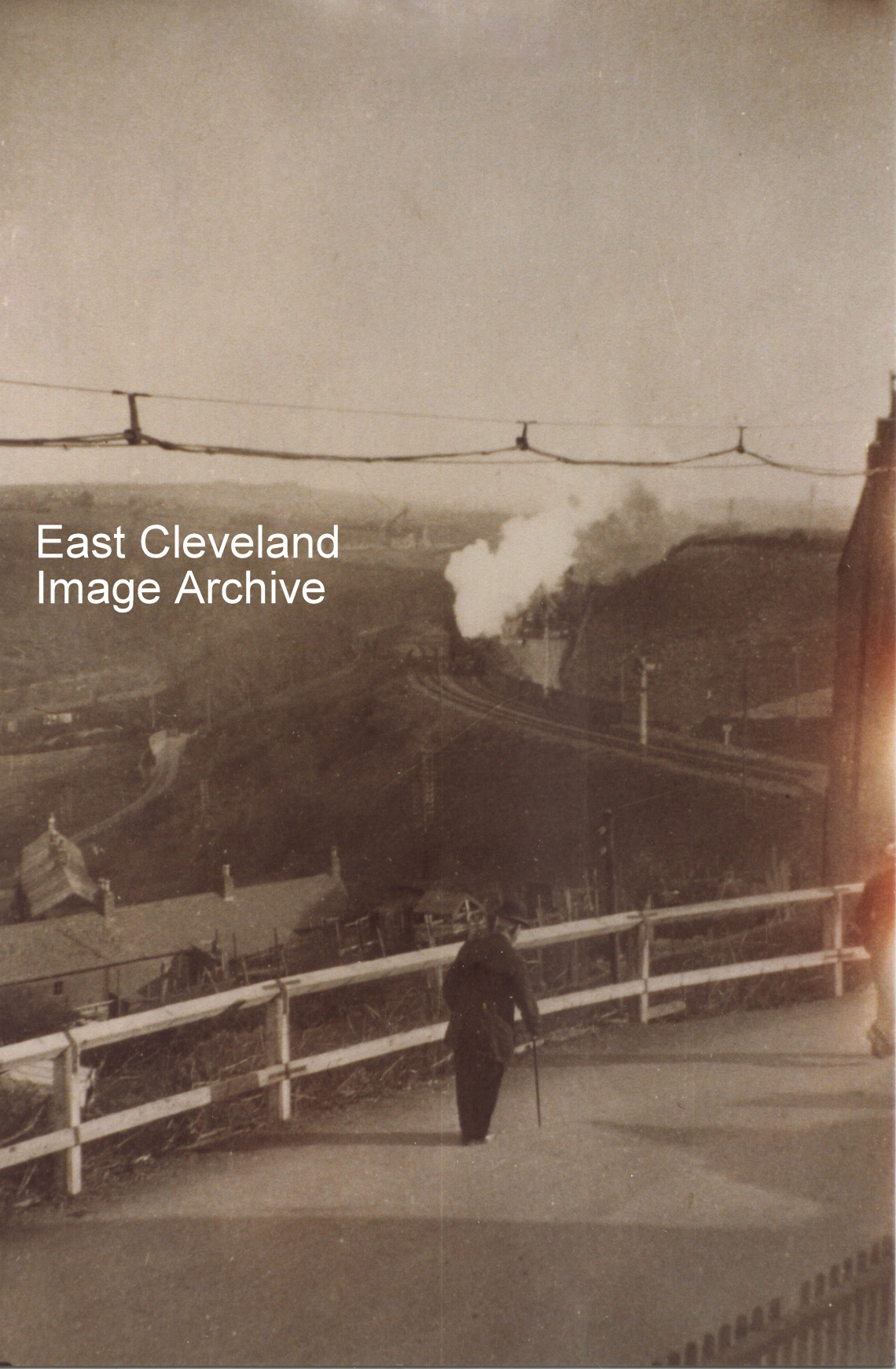
This is a view from Mount Pleasant Road/Wesley Terrace in Carlin How, looking up the valley. The building to the right is the gable end of the Zion Chapel now disused and standing at the head of the footpath to the Skinningrove Valley. Simon Chapman tells us: “The first leg of the ’Zig-Zag’ can just be seen running down into the valley next to the protection signal, making it look like a double track. I would guess the date as about 1925. The kilns at Liverton Mines have been dismantled and a solitary headgear awaits demolition”.
Thank to Simon Chapman for dating and the update.
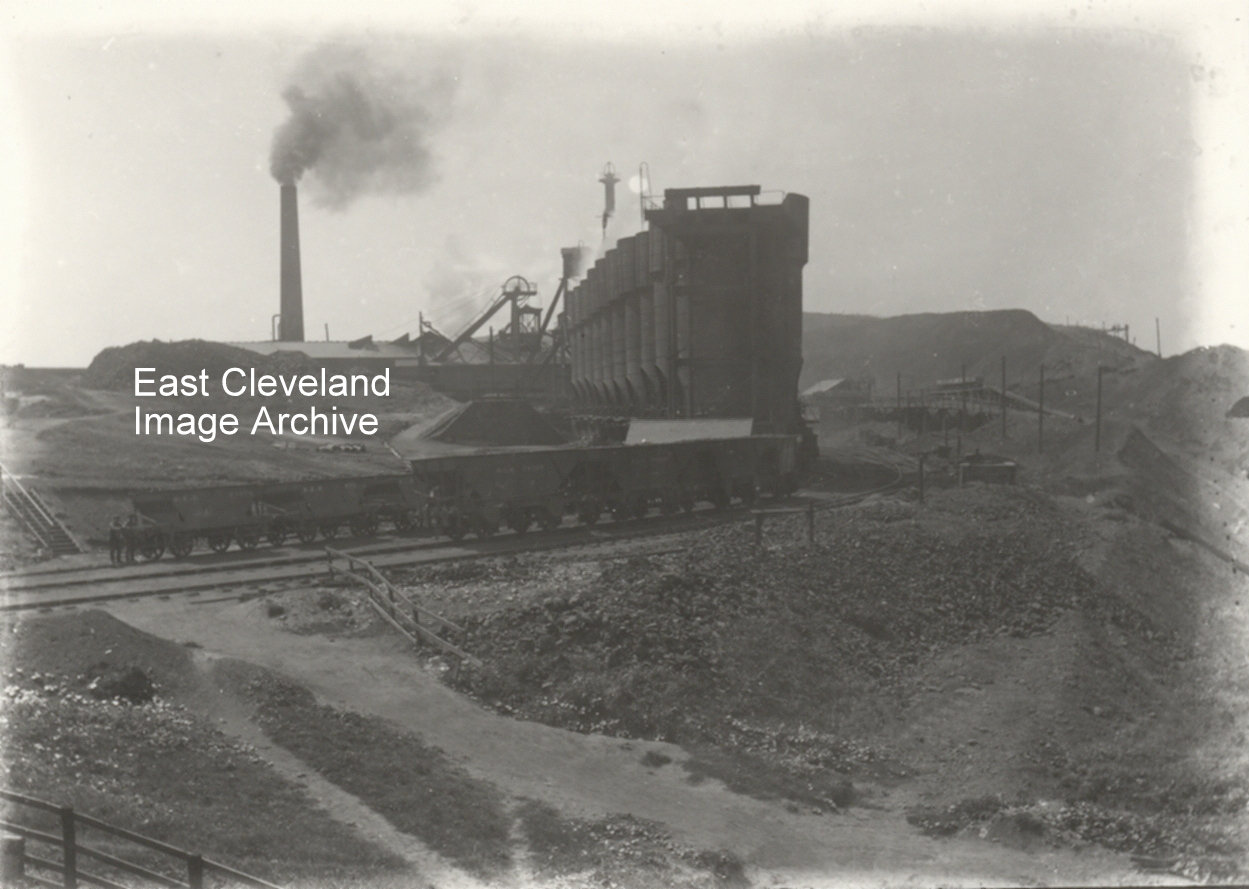
This is a view of the Calcining Kilns at Liverton Mines – which were well-known as being associated with the Ironstone Mine – these Kilns obviously dominated the landscape. Simon Chapman advises: “Railway wagons at this time were generally wooden bodies but couldn’t be used for carrying hot calcined ore which is why the N.E.R. built a fleet of steel wagons specifically for this traffic; a few can be seen to the left. In front are more steel wagons, built about 1906 to hold a greater tonnage”. Russ Pigott asked ”Were the larger steel wagons in the picture fitted with vacuum brakes? There seems to be a vac cylinder mounted above the sole bar on the end of the wagon. This would seem a bit strange as not many locomotives used on these trains were fitted for vacuum at the time”. Answered for us by Simon Chapman: ” Well spotted, Russ! Apparently they were actually fitted with air brakes and run as block trains from Liverton to Cargo Fleet works. This was such an unusual working that I can remember the late Ken Hoole trying to find out more information over 30 years ago. Note the large drum shape above each axle box on these larger wagons – some form of friction reducing roller which can’t have been very successful otherwise it would have become more common.” Russ said ”I thought the drum shape was the operating wheel for the hopper doors. What locomotives were used on these trains, I think most J21s were Westinghouse fitted but the J26s and 27s had no train brakes. That poor remaining J21 sits a mere couple of miles from me looking ever more like a Barry engine!”
Thanks to Russ Pigott for the updates and many thanks to Simon Chapman whose information is invaluable to all who visit the site; Simon also thought it was: “A very atmospheric picture!”.
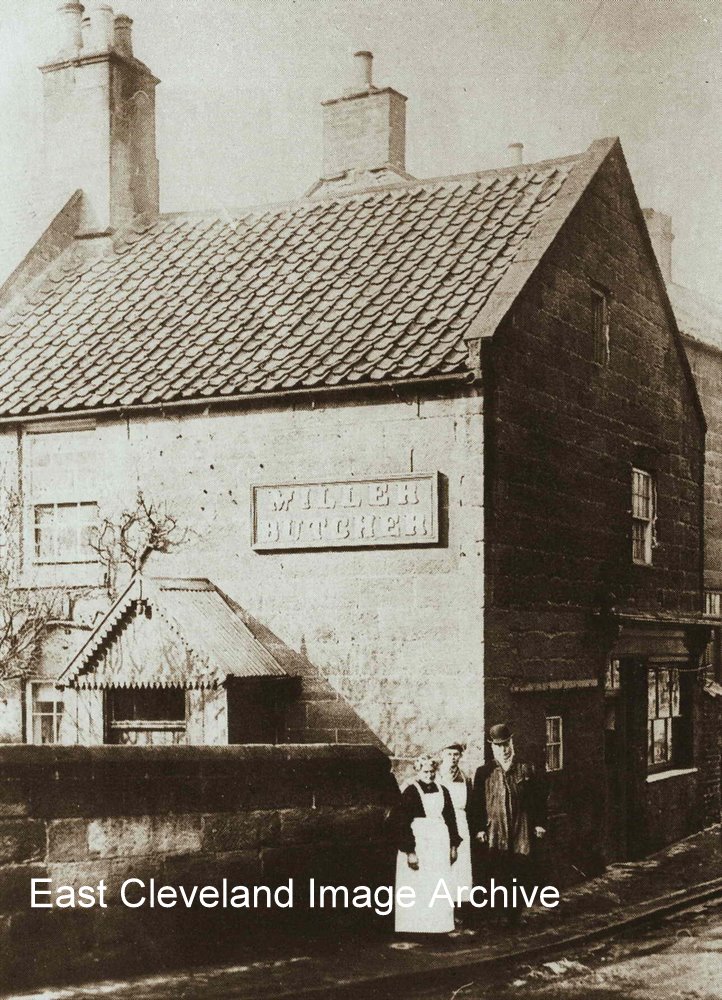
Hasn’t changed much has it? Only the name of the butchers has changed a few times over the years.
Image from a collection compiled by Derick Pearson.
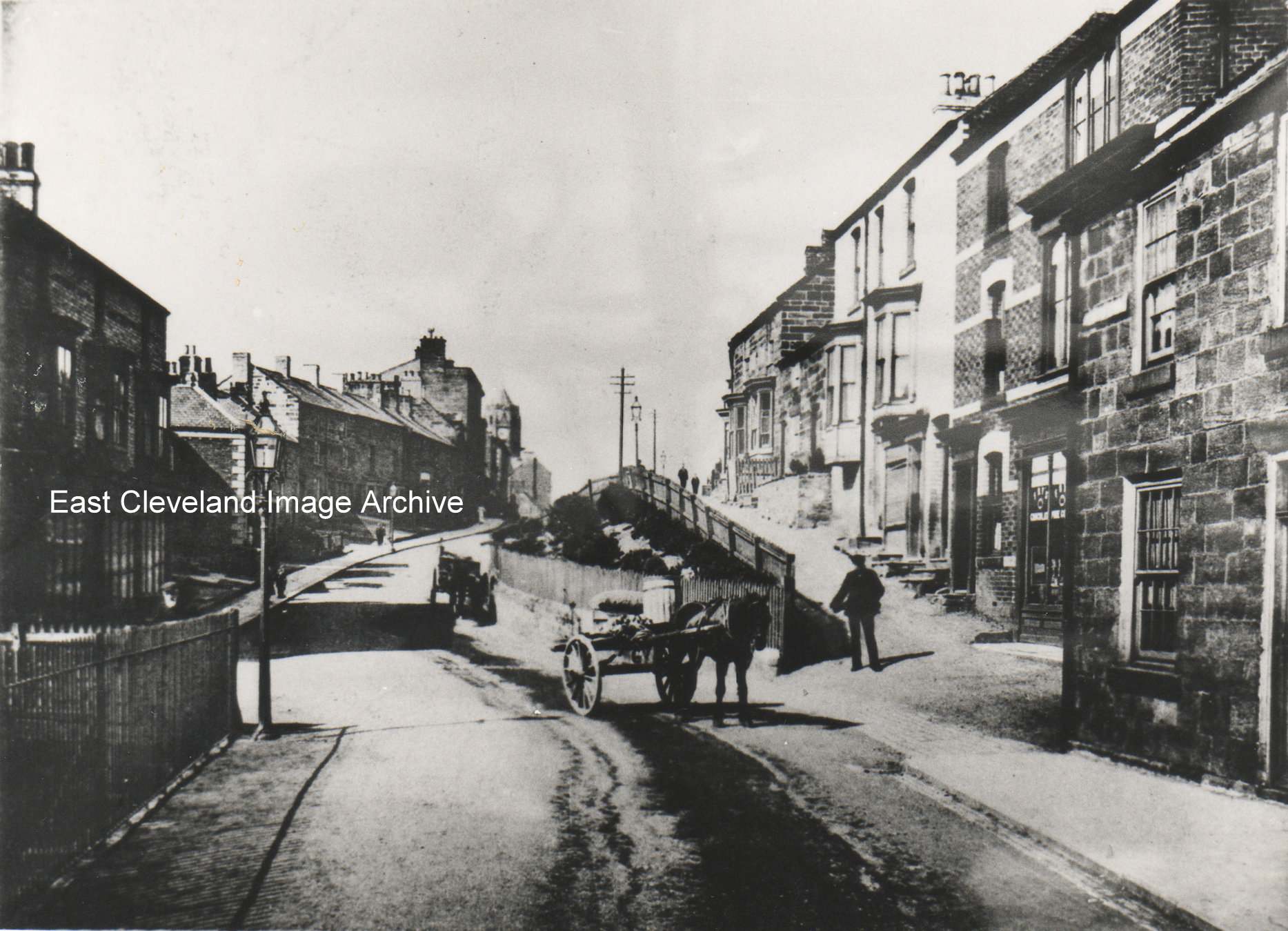
A busy day on Arlington Street even though it looks as if snow is on the ground; there are two horses and carts. The shop in the corner was owned by Tommy Wren; a dark musty kind of shop that sold everything or so it seemed when I was young. A lovely gas light on the left hand side and no I don’t remember them.
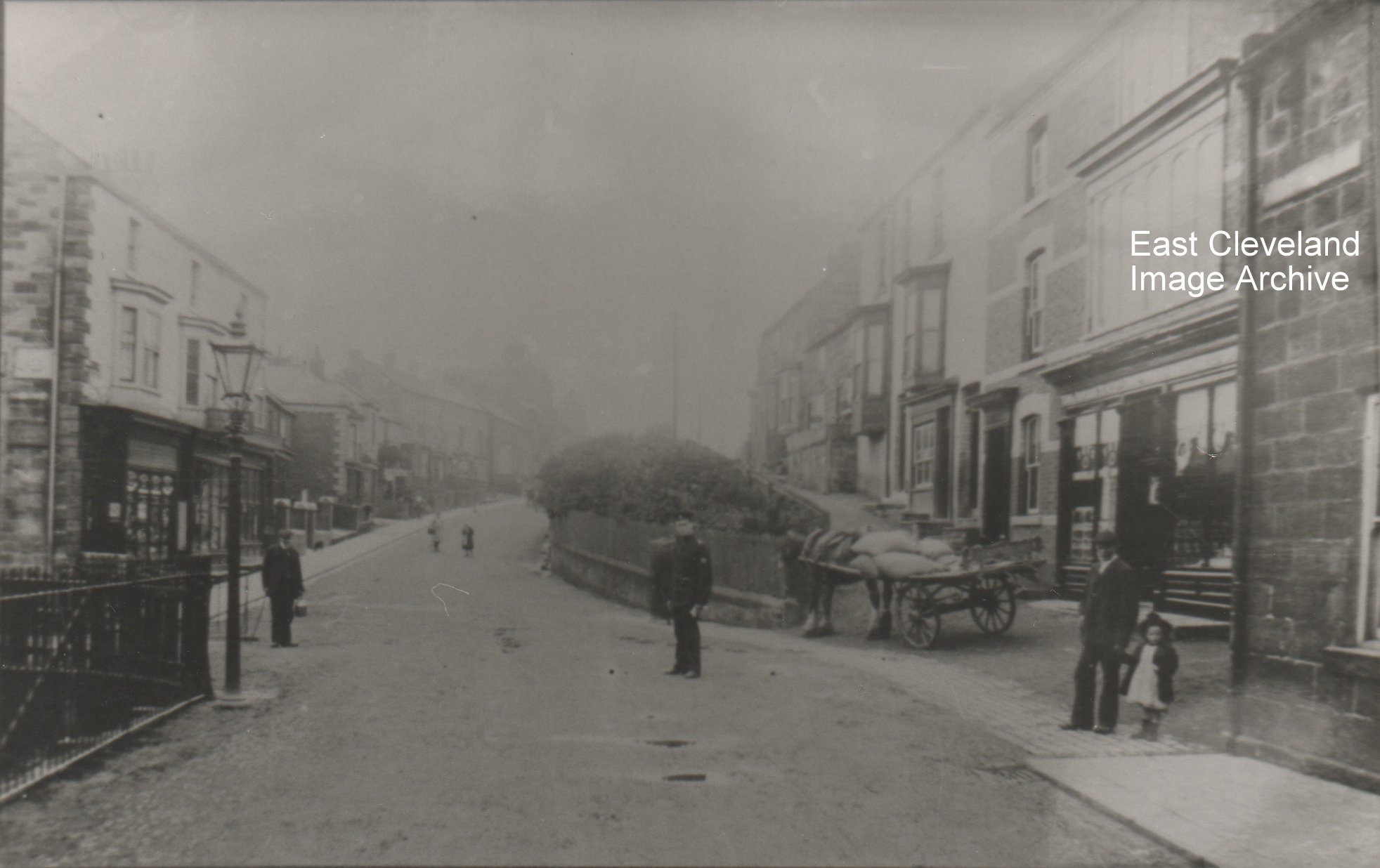
Don’t think it’s fog or a fire; it’s a fault in the photograph, but once again everyone stops for the photographer. We do have a man in uniform, a policeman, don’t think he will be directing traffic as there is only one horse and cart in the scene. The road looks pretty dire with the pools of water, maybe it hasn’t been tarmac-ed yet. What do you think?
The end of Loftus High Street looking towards the Market Place, about 1920. The shops were: a small general dealers, Mr Robinson’s bike and electrical shop, then came Finlay’s sweet shop. Can we date it by the pram? The gap in the wall on the right hand side was for a horse trough that was fed by a natural spring. Eric Johnson says ”The first shop has the name S. Jackson on the sign. Kelly’s Directory of the North Riding for 1905, lists: ’Jackson, Sarah (Mrs), shopkeeper, 43 High Street Loftus”. Jean Wiggins tells us od this image: “Granny Jackson is standing outside Jackson’s grocer’s on the corner of Dam Street. The middle shop is ‘Sappy’ Watson’s barbers and the next is Finlay’s provisions.”
Many thanks to Jean Wiggins for the update.
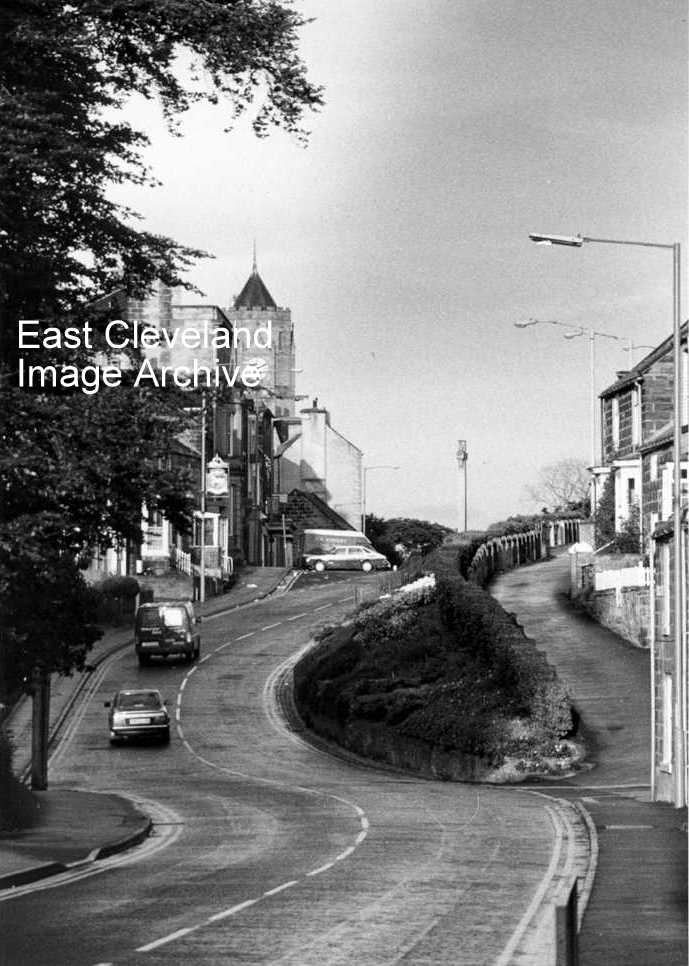
A busy day in Loftus as the two vehicles go towards the Market Place? Known to be dating from 1986 as Martin Richardson advised the Archive: “I can remember the Saab parking in the Market Place at that time!”
Thanks to Martyn Richardson for that update and dating of the image.
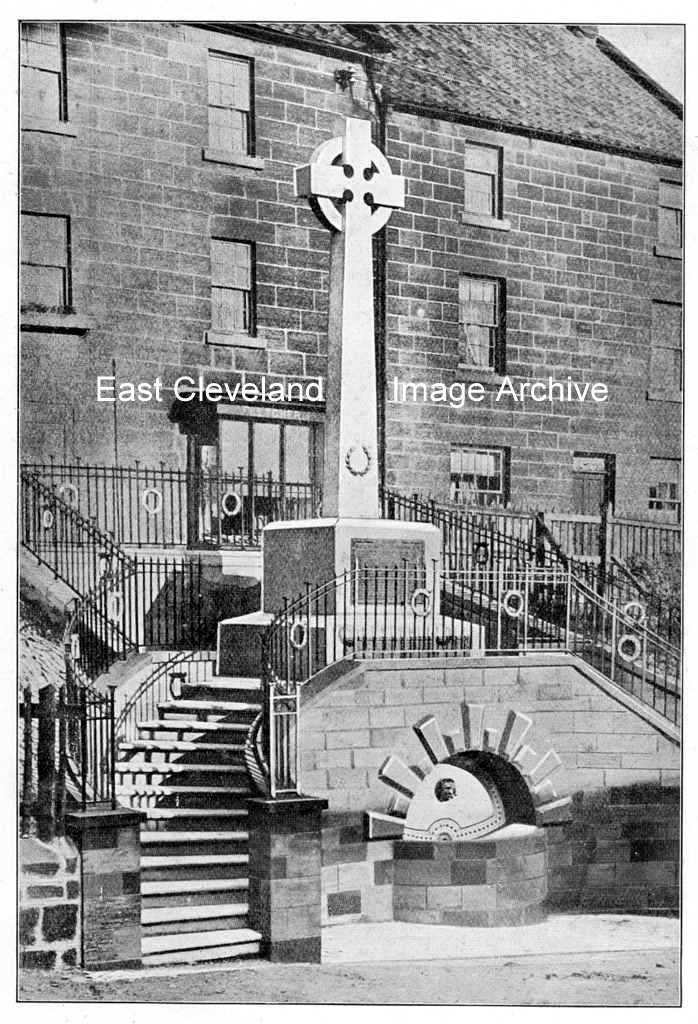
This image was taken from the Order of Service produced for the dedication ceremony of Loftus War Memorial. The War Memorial was unveiled at 2.00pm on 11th November 1922, (one year after the end of registration of deaths due to the War or its effects; it was designed by B. J. Wormleighton and erected by Charles Hebditch (Loftus building company). Built of Cornish granite, it is a Celtic cross and stands on land donated by Lord Zetland.
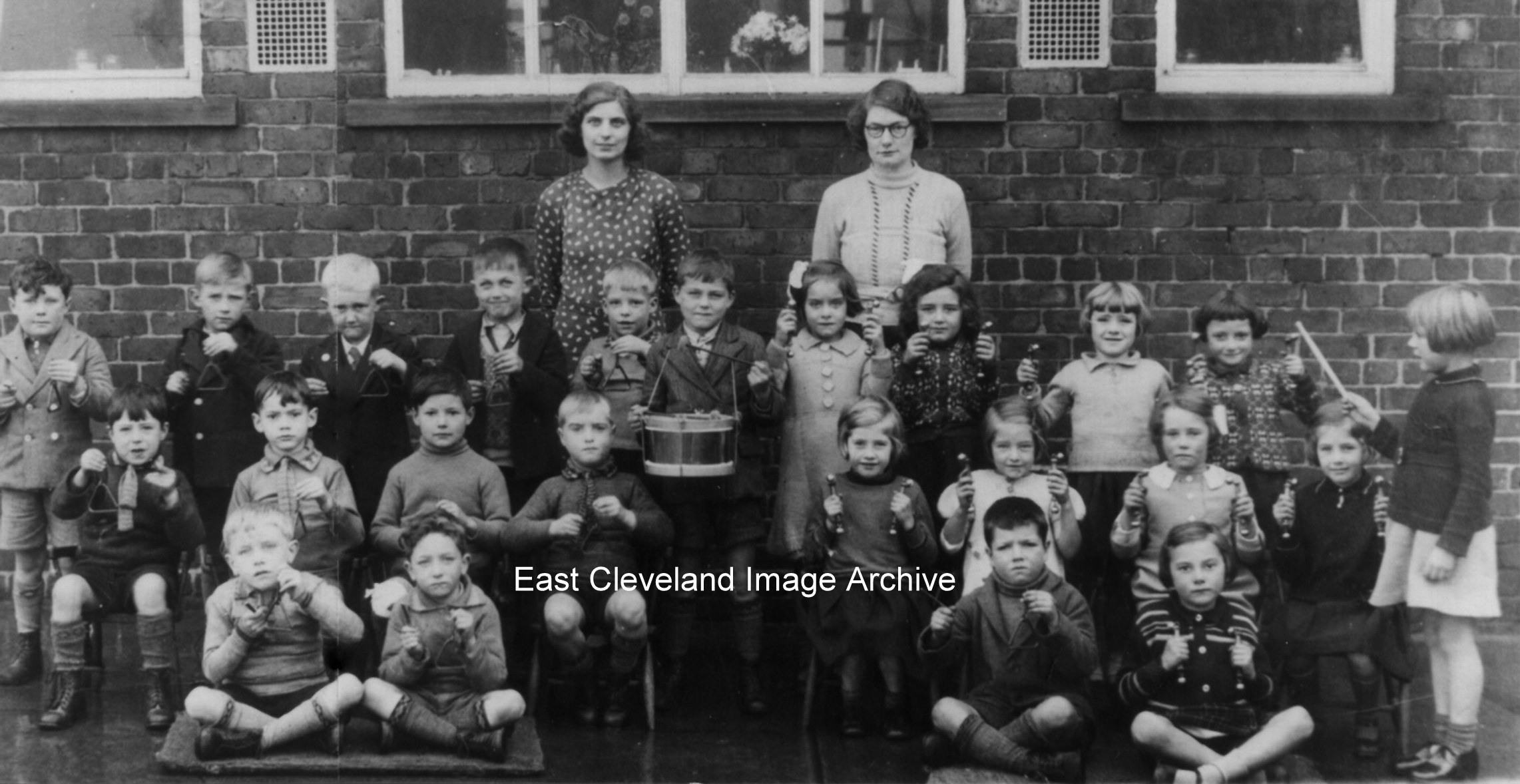
Although even the date on this photograph was questionable and was thought to possibly date from the 1930s, the two teachers can be identified as: Miss Ethel Adamson (later to be Mrs Bassindale) and Miss Pat Stanlake (later to be Mrs Fletcher). But many of the pupils named remain a mystery, so the Archive asked for help.
Derick Pearson tells: ”First pupil on the left middle row with the triangle was Charlie Hellings (junior); fourth from on left back row Walter ‘Taxi’ Goldby”. Jeanne Whitfield added: ”Back row, second from right ( white sweater/ hair bangs) is myself; Jean Dixon. To my left in the picture, by the teacher is a girl called Cynthia who lived on Queen Street. Sadly, she died of diphtheria shortly after this photograph was taken. Fourth from the right, middle row is Jennie Webster. Girl seated next to the girl standing with the baton is Margaret Dye. Girl sitting with her legs crossed is Mary Young. I’m not sure, but I think the girl above Mary Young is Mary Laverick, (now Fenby) and living in Australia. Also I think the girl next to the drummer is Betty Poritt. I was eight years old so the picture would be dated 1939. I hope this helps.”
Thanks to Derick Pearson for names and Jean Whitfield (nee Dixon) for names and probable dating of the image; also thanks to Eileen Clements for Miss Adamson’s correct name.
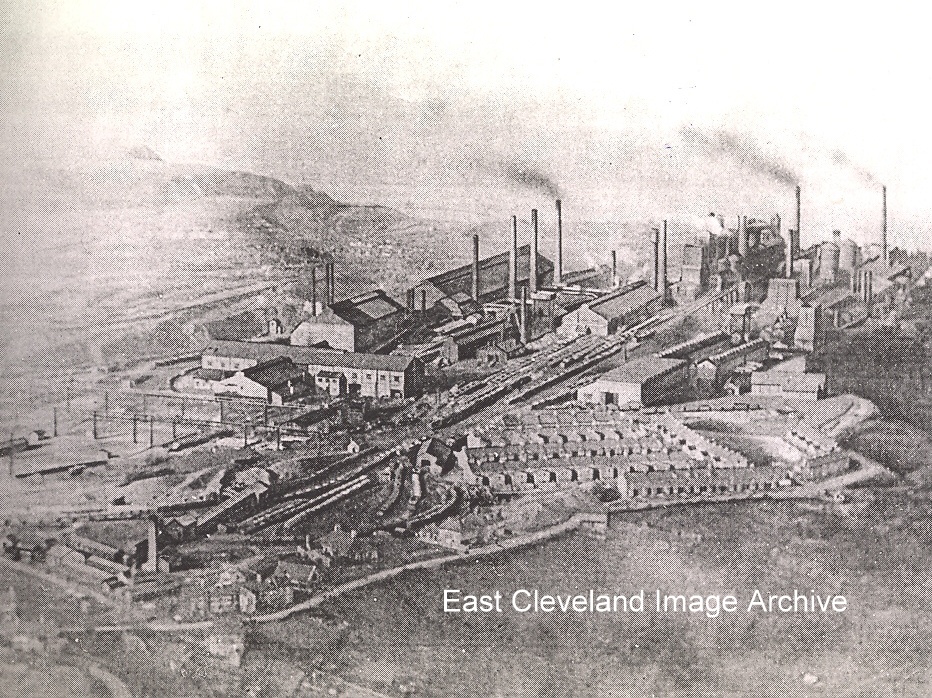
Here is an early aerial view of the works – dating from 1920 – more smoke in this image than in the others! Also of interest in this image, the buildings in the lower left of the view are of North Loftus mine.
Page 1 of 2712345...1020...»Last »
|
|





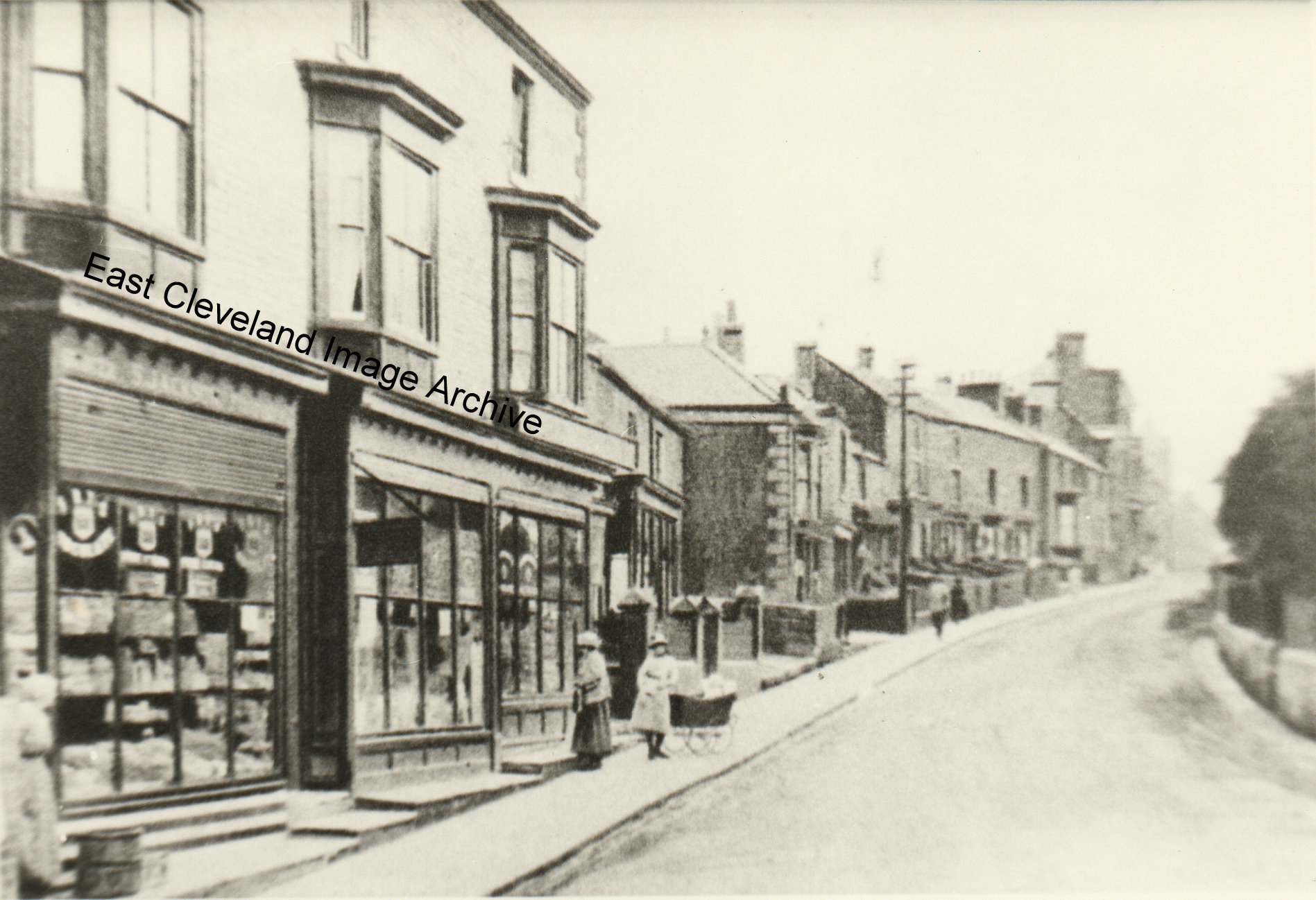




Recent Comments